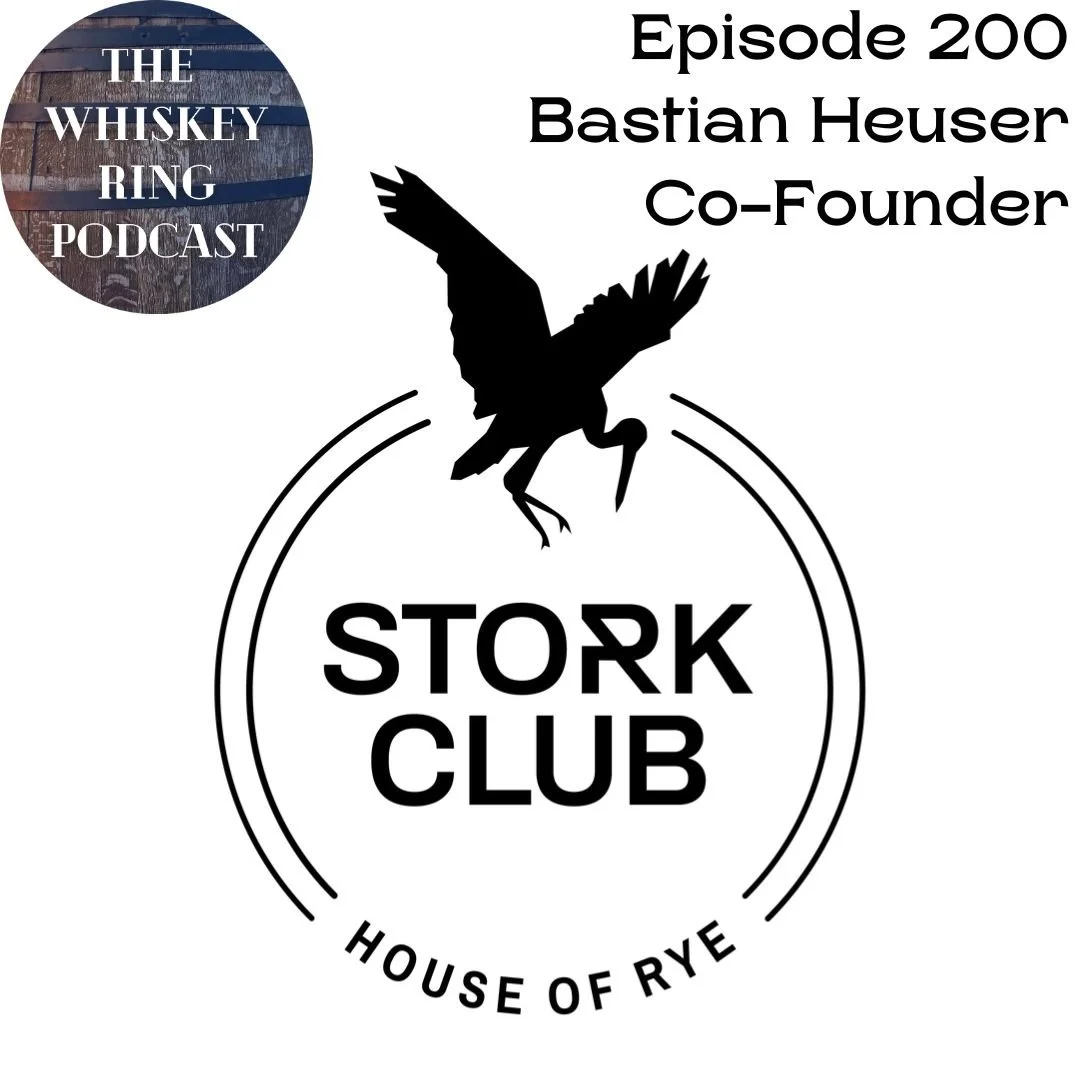The Stranger Polish Rye
Thank you to Proof and Wood for providing a sample strings-free.
When I talked to Proof and Wood’s Dave Schmier, I had this in mind as one of the last products to talk about. I was interested, of course, but had no idea what to expect (Dave generously sent a sample after our interview).
One of the biggest arguments in whiskey in the idea of terroir. Sure it applies easily to wines, but for a long time the general consensus was that distillation and aging eliminated or hid any indicators of provenance. Recently, though, numerous brands have been challenging that notion around the world. Just a few:
Waterford Whiskey produced batches of whiskey each from a different farm nearby the distillery to explore micro-terroir
Bruichladdich has been producing micro-batches for years from different farms or using barley from different places on Islay or throughout Scotland
Terroir is a difficult thing to pin down in whiskey, if only because those extra steps involved in distilling (relative to wine) do, in fact, strip out many chemicals and molecules that would help someone trying to figure out where something came from. That being said, if you remove as many other variables as possible, to the point where the only true independent variable is the barley, or the place from which the barley came, you can approximate whiskey terroir and whether it exists or not.
For me, I’m a full believer that whiskey terroir does in fact exist, but can only exist under circumstances conducive to that existence. Short translation? You have to want to show where it’s coming from, otherwise it’s easy to mask. If you’re a massive distiller like Jim Beam or Jack Daniel’s, it’s more trouble than it’s worth since you’re getting huge volumes of grain and making equally large batches of whiskey from them. If you’re a smaller producer? Maybe it’s something to explore.
Now - to The Stranger. According to Dave, one of his distributors came to him and said that he had this available. The story is as simple as that, and Dave picked it up. So, does rye from Poland taste different from rye in the US (already too big a generalization)?
Yes.
Not even a question, this was different. This rye, grown in Poland and aged for 7 years in the US in ex-bourbon and ex-rye barrels, resulted in only ten barrels. You can consider rye styles from Pennsylvania, New York, Indiana, the upper midwest, even from out west - as different as these are from each other, this rye from Poland is different as well.
I haven’t gotten around to most of those micro-batches mentioned above, but I know they will have variation. Terroir exists in whiskey, that much is certain. Perhaps the better question is whether the producer wants to celebrate that terroir or hide it in a larger blend. Maybe it’s a question of locality, of how far away grain is sourced from, if there’s a local yeast used, or something else. And yet again, we come back to the question of purpose…maybe that’s the real question in whiskey as in everything else: is something meant to be, meant to be seen or hidden, or done purposefully. That’s a far more interesting question to me.
The Stranger Polish Rye: Specs
Classification: Polish Whiskey
Origin: Poland, Distillery Undisclosed
Mashbill: 100% Rye
Proof: 105 (52.5% ABV)
Age: 7 Years Old
Location: Distilled in Poland, Aged in the US
The Stranger Polish Rye Price: Unknown
The Stranger Polish Rye Review: Tasting Notes
Eye: Pure amber.
Nose: Gentle, clean rye flavor. Warm underlying spices. There’s a different scent there, bready, specifically rye crusts. White grape sweetness on the back. The nose is powerful, making its way to my tongue before it ever touches my lips.
Palate: Spicy, but again there’s clearly something different. Great rye crust, caraway, and dark caramel. Quite savory in some ways with a buttery quality. Mouthfeel is thin-to-medium, the sweet and savory caraway seed baked and rested. Herbal and floral rye sticks on the tongue with a mild coating on the entire palate.
Finish: Sweeter and fruitier than the nose or palate, introducing apricot jam and toasted nutmeg.
Overall: If you need proof of how different strains of grain taste differently, look no further. I liked it more and more as I sipped. It’s clearly a departure from what I’m used to. I want to try this again and again with different ryes alongside and in a rye-forward cocktail like a Manhattan. This was a lot of fun to drink and I encourage you to try it if you can find it.
Final Rating: 7.1
10 | Insurpassable | Nothing Else Comes Close (Blanton’s Straight from the Barrel)
9 | Incredible | Extraordinary (GTS, Elijah Craig Barrel Proof B518 and B520)
8 | Excellent | Exceptional (12+YO MGP Bourbon, Highland Park Single Barrels)
7 | Great | Well above average (Blanton’s Original, Old Weller Antique, Booker’s)
6 | Very Good | Better than average (Four Roses Small Batch Select, Knob Creek 14+ YO Picks)
5 | Good | Good, solid, ordinary (Elijah Craig Small Batch, Buffalo Trace, Old Grand-Dad Bottled-in-Bond)
4 | Sub-par | Many things I’d rather have (A.D. Laws Four Grain, Compass Box “Oak Cross”)
3 | Bad | Flawed (Iron Smoke Bourbon, Balcones)
2 | Poor | Forced myself to drink it (Buckshee Bourbon and Rye)
1 | Disgusting | Drain pour (Virginia Distilling Co. Cider Cask)










